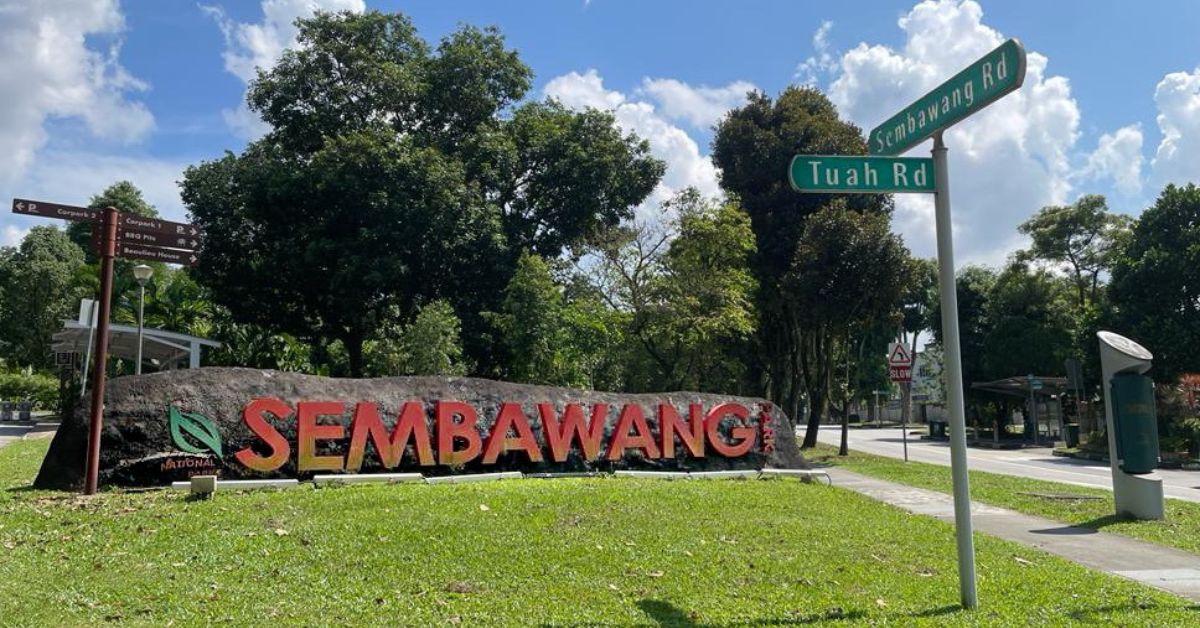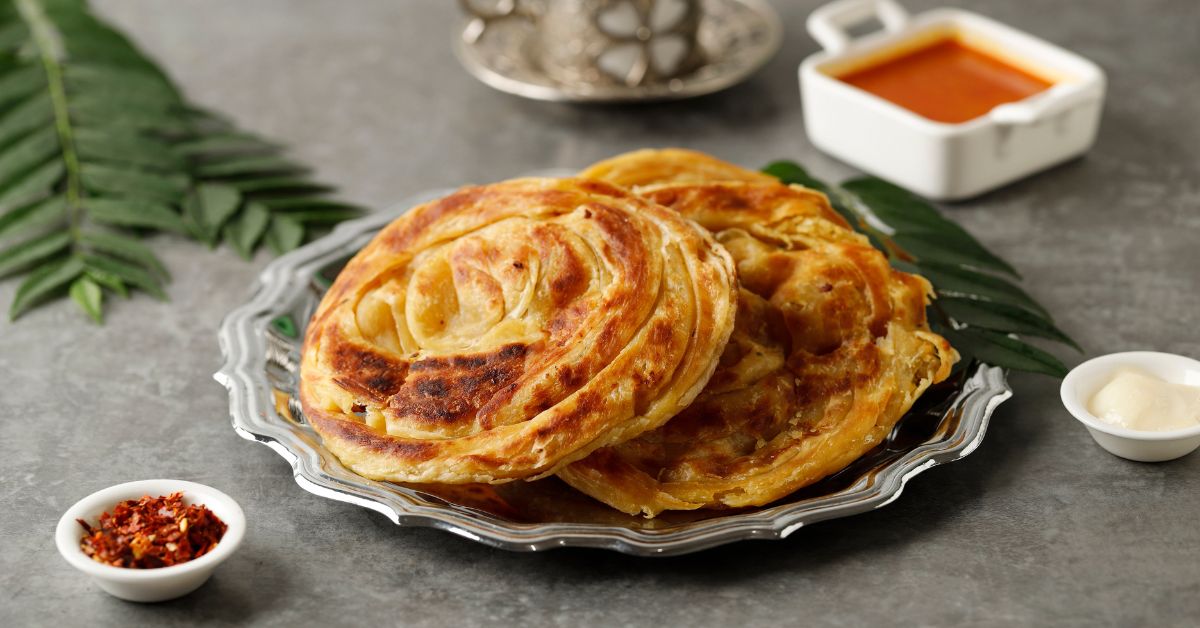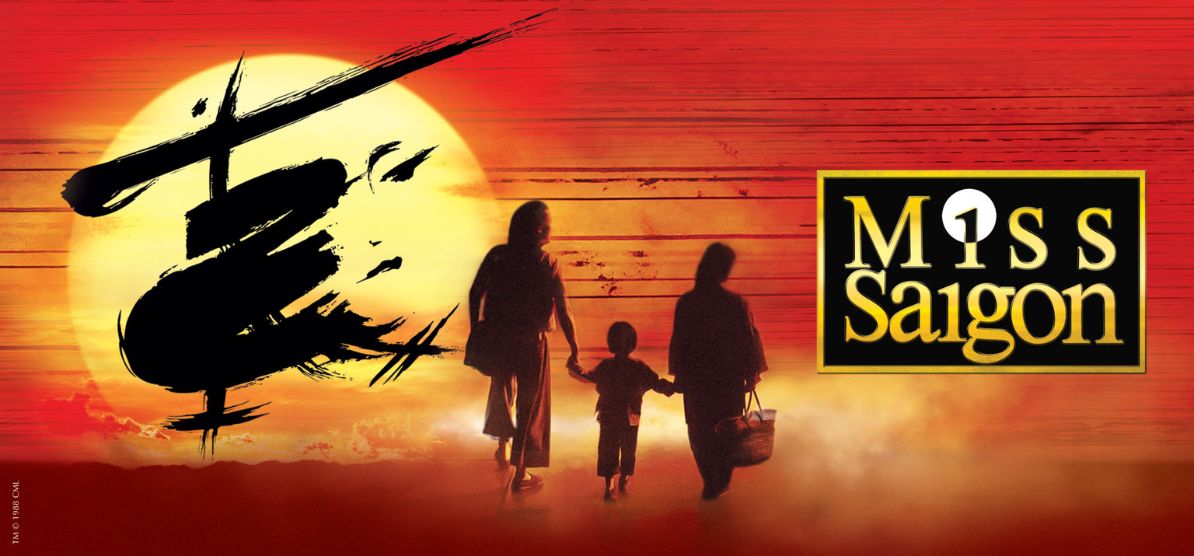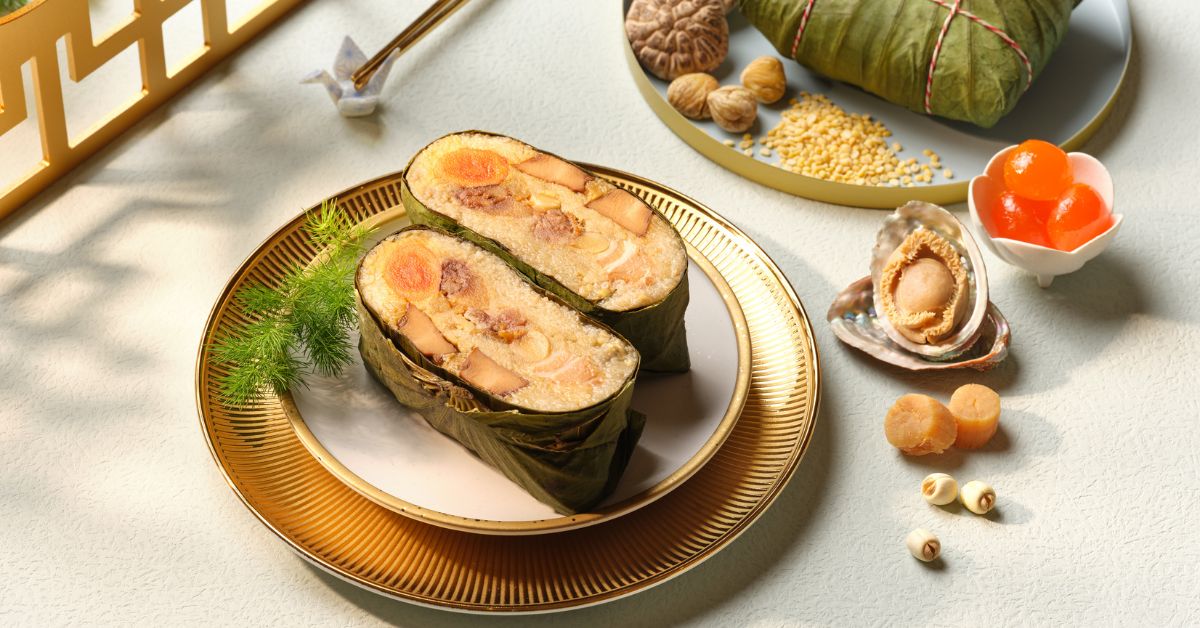
Cantonese Bak Chang
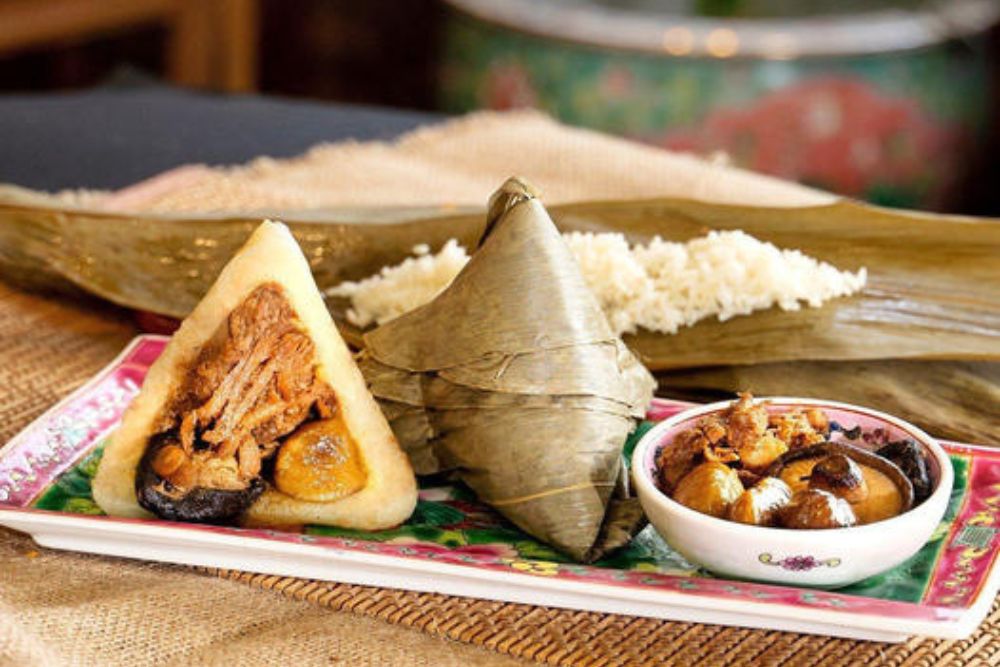
Where to get it
The longstanding Kim Choo Kueh Chang, best known for their Nyonya-style rice dumplings, also offer up a mean Cantonese Bean Chang laden with shiitake mushrooms, chestnuts, fatty pork and mung beans for $5 a pop.
Hokkien Bak Chang
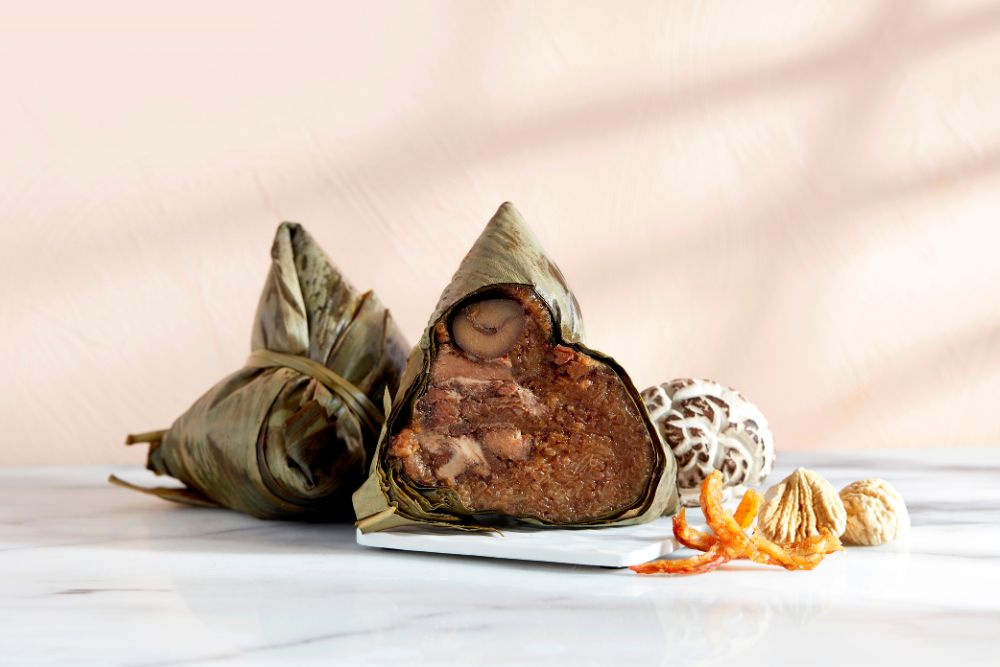
Where to get it
For some upmarket Dragon Boat Festival flair, get your Traditional Hokkien-style Rice Dumpling from Man Fu Yuan at InterContinental Singapore, brimming with five-spice marinated pork belly, chestnuts, mushrooms and dried shrimp at $23.80 per bak chang.
Teochew Bak Chang
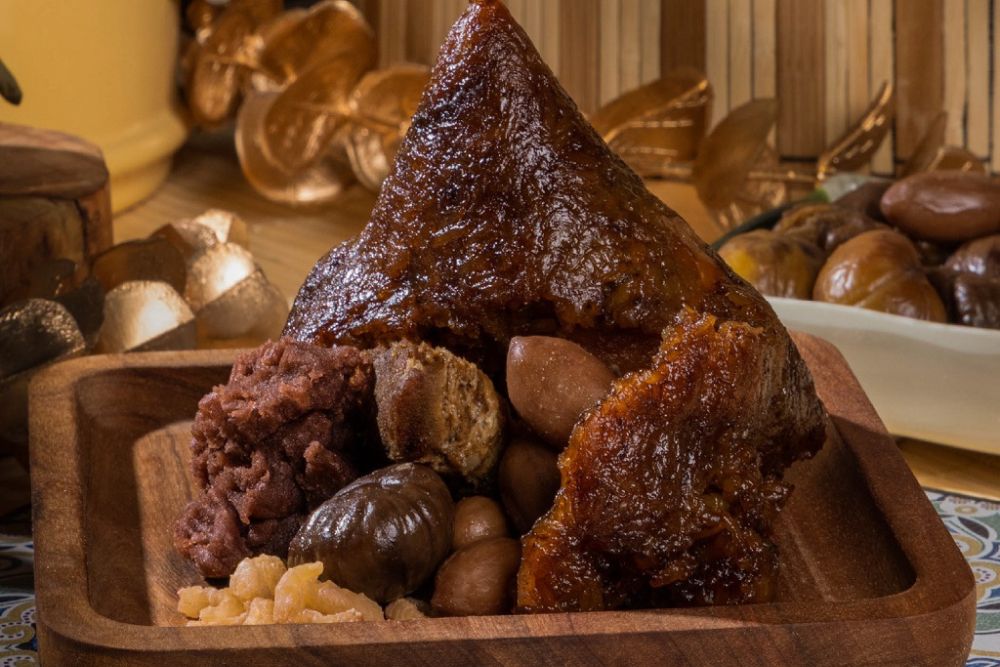
Where to get it
Joo Chiat Kim Choo – not to be confused with the aforementioned Kim Choo Kueh Chang – is where you can find this sweet-savoury version of the festive staple ($6), featuring braised pork belly, chestnuts and dried shrimp set against homemade red bean paste.
Nyonya Bak Chang
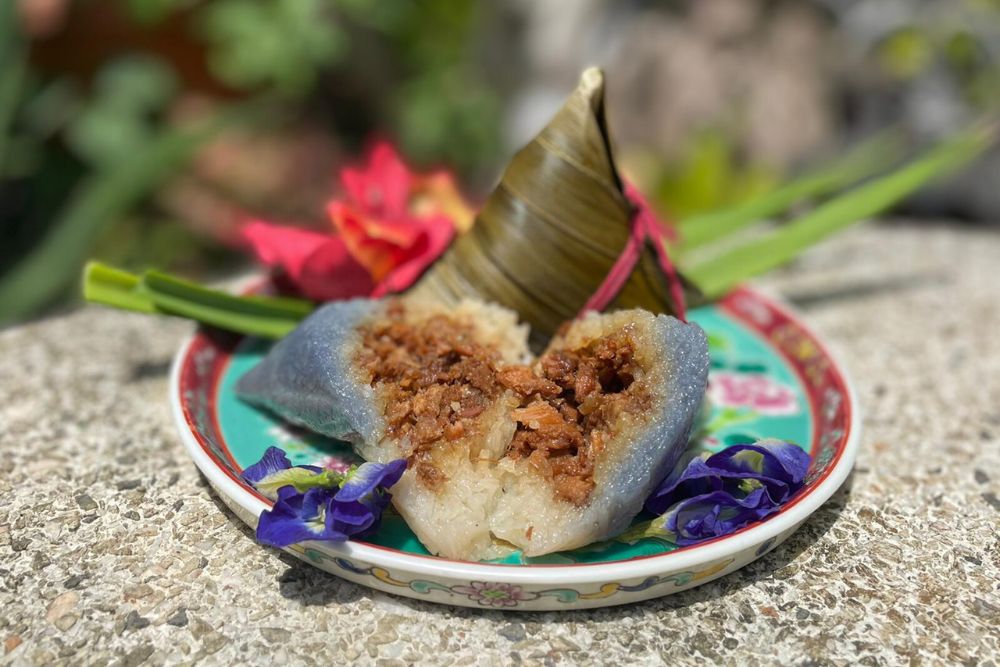
Where to get it
An upmarket, intricately layered version of the locavore treat bearing minced lean pork, winter melon strips and a spice blend of roasted coriander seeds ($10.80) can be had at Peranakan museum-turned-seasonal rice dumpling puveryor, The Intan. Just look at that delicate pale blue hue.
Kee Chang
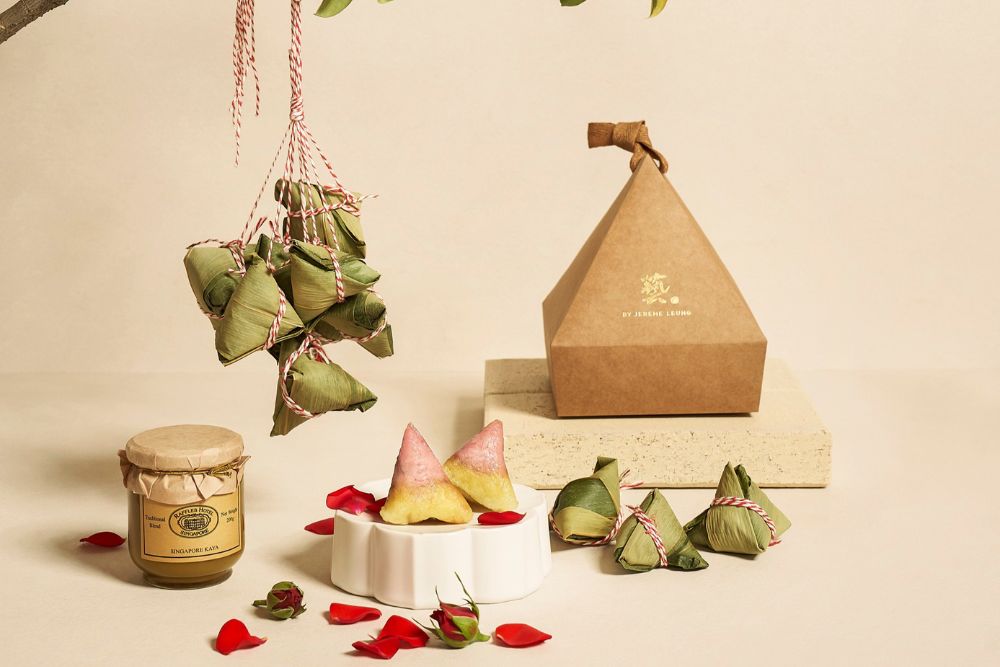
Where to get it
For a quintet of kee chang infused with the delicate floral fragrance of China’s Yunnan rose ($28 for five pieces), head to Yi by Jereme Leung at Raffles Hotel Singapore. Paired with the hotel’s signature kaya, these make for a snack both scrumptious and pretty, as the flower lends the rice dumpling an attractive pastel pink hue.


